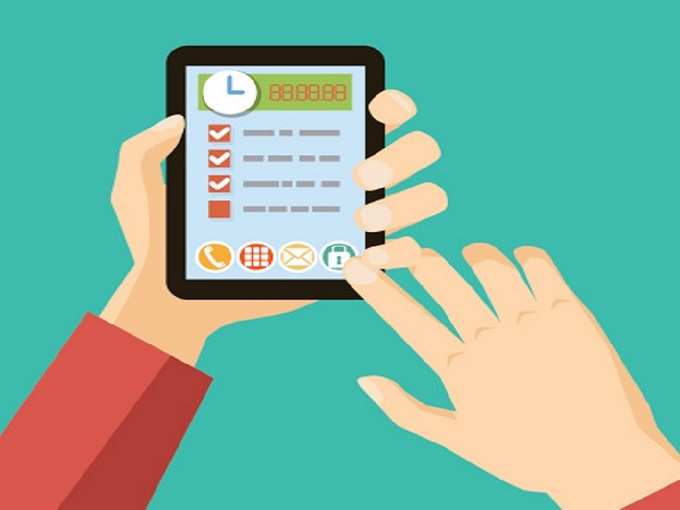
The phenomenal growth of mobile connections (about 7 billion out of which 5.4 billion are in the developing nations) combined with mobile Apps has contributed a revenue of more than US $ 700 billion annually to the economies of 13 countries (that represent 70% of the global
Why is mobile Internet of such importance?
Indications are that with the world population reaching 7.7 billion, it is expected to contribute US $ 4.8 trillion to the
Mobile Internet connects not just individuals, but also B2B (business to business) with speed, accuracy and convenience. Almost all facets of life are carried out through the Internet and today’s smartphone is a handy connector. Once an elitist gadget, today smartphone costing as low as US $ 35 along with the spread of Internet connectivity has resulted in a robust growth of mobile Internet economy.
In the fastest growing developing economies of the Asia Pacific region (Australia, China, India, Japan and South Korea) mobile Internet revenue is more than double that of Europe’s top five economies and at US $ 300 billion it tops even the US. Astounding growth rates in these nations are expected to push their mobile Internet revenue by double to US $ 622 billion, with a 40% revenue increase in India.
By 2018 India’s m-commerce is expected to grow from US $ 12 billion in 2013 to US $ 25 billion.
| Region |
BY 2020 additional GDP |
BY 2020 additional Jobs |
| EUROPE | Euro 119 Billion | 156,000 |
| ASIA PACIFIC | US $ 1 Trillion | 2,100,000 |
| LATIN AMERICA | US $ 370 Billion | 112,000 |
Source: GSMA
Along with GDP growth, employment also will increase and by 2020 Latin America and Asia Pacific regions will benefit enormously.
Studies by
Applications and Scope
Mobile Internet is the only means of connecting with the Internet in far flung places and is useful in many industries like transportation, warehousing, health care etc. Mobile Internet is adaptable. It can be used on an individual, small scale or on large scale. It is interesting that 60% of global mobile users rely on their mobiles as the sole means for Internet access.
Usage covers personal, business, education, heath, energy, transportation, warehousing, travel and tourism to name a few.
Authentication through mobile pins for secure payments online is a very important service. Internet banking and Mobile banking where one need not even have a physical account is surprisingly growing faster in developing countries as compared to developed economies. Deposit a check by taking a picture and forwarding it to your bank. Increasingly real physical interaction is being reduced; it cuts costs and also increases efficiency.
Payment apps are making physical money exchange passé and several businesses like Uber, GoCardless etc have adopted them. A host of
Mobile internet is also a useful technical tool. A mobile enabled remote monitors Grundfos LifeLink’s mobile enabled solar powered water pump to provide safe drinking water in small communities.
Marketing and Mobile Ads help retailers to attract more customers. Walmart reported around 10-15% ‘Mobile Purchases’ at its stores.
Walmart CEO
Consumer Surplus Benefit
Today’s smartphone is not just a phone. It is a multipurpose device with multiple uses. You can stream videos, music, shop online, do Internet Banking, use it as a Mobile Wallet, connect with social sites. And with the mind boggling range of Apps you can connect anywhere and with almost any other gadget in the world.
This additional service value is called ‘Consumer Surplus’ and as per BCG ‘it is the perceived value that consumers themselves believe they receive, over and above what they pay for devices, apps, services, and access’.
BCG’s study of thirteen countries (Australia, Brazil, China, Canada, France, Germany, India, Italy, Japan, South Korea, Spain, UK and the US) contributing 70% of global GDP indicated that the ‘Consumer Surplus’ benefit was to the tune of US $ 3.5 trillion per annum averaging to US $ 4000 per individual. The study also records that the individual surplus was US $ 5600 for developed countries and US $ 2250 for developing countries. This is indeed a high return of investment.
Innovations and Applications
Mobile Internet will move from person-to-person to person-to-machine and machine-to-machine, integrating physical space with cyberspace. Your mobile can now control your home, lighting and alarm system, record your favorite TV programs, turn on the garden sprinkler etc. A network of seismometers and tide gauges will detect abnormal pressure variations suggesting a possible tsunami or an earthquake and issue real time warning to the communities.
Soon ‘point and click’ technology will be replaced with the ‘point and think’ systems.
Adoption of IPv6 will provide an Internet address for every device, sensor and person and through better network management and security offer better mobile experience.
Through continuous innovation and increased working efficiency the mobile Internet is a definite asset to the global economy.
To what extent is in danger for India.
